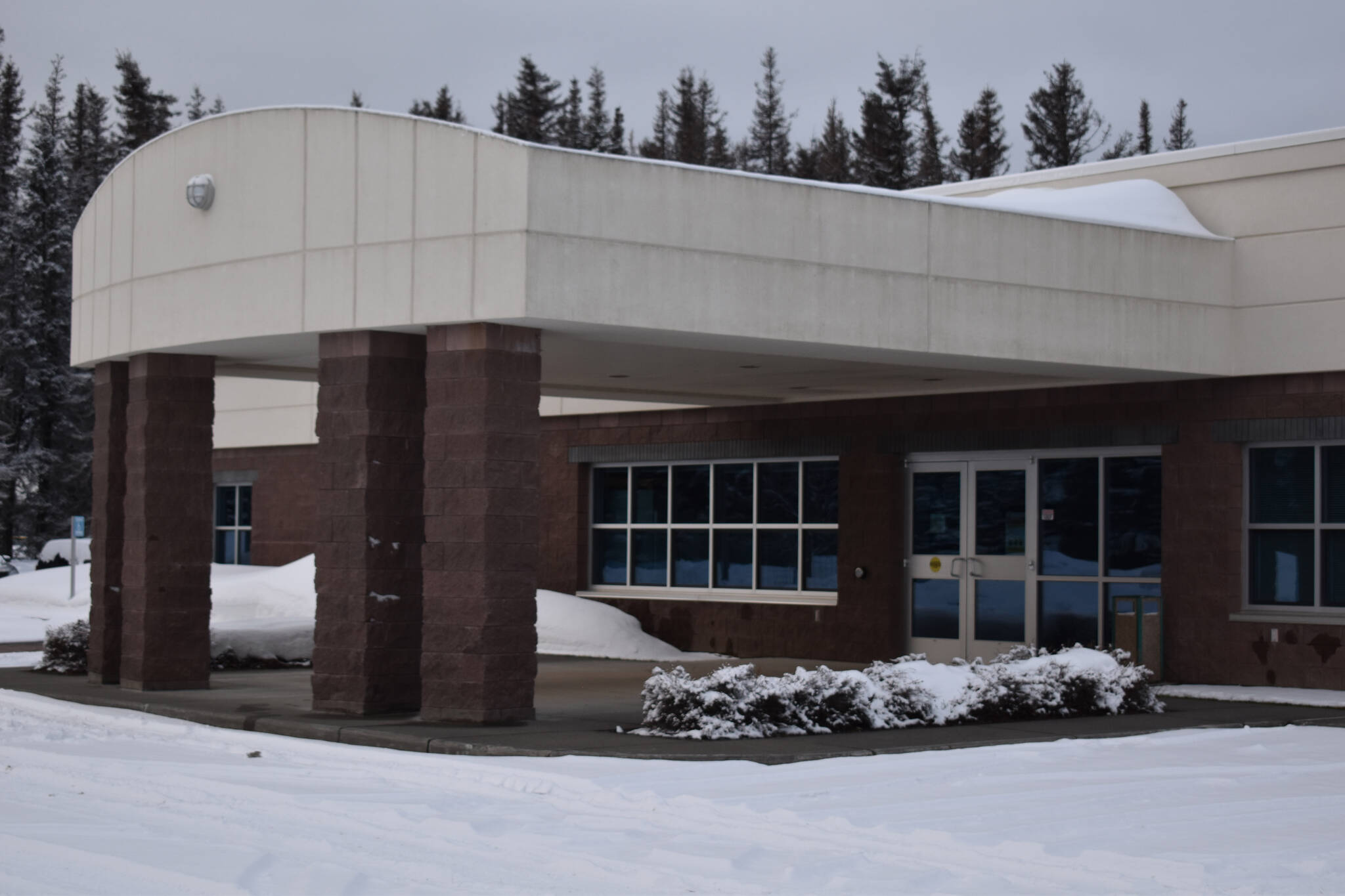The first update on Healthy Alaskans 2030, as well as the final update on Healthy Alaskans 2020, was released last week by the State Department of Health and the Alaska Native Tribal Health Consortium.
The updates were published Jan. 31 in a joint release by the two organizations, who have collaborated on Healthy Alaskans since the debut of Healthy Alaskans 2020.
Healthy Alaskans is an ongoing State Health Improvement Plan, according to the program’s website. It began as Healthy Alaskans 2000 in 1994, and has been succeeded each decade by updated plans and goals.
Healthy Alaskans 2030 tracks 30 health objectives related to a variety of health factors including disease, nutrition, mental health, physical activity and health care access. Each objective is tracked both for “All Alaskans” and for the Alaska Native population.
According to the first scorecards produced for Healthy Alaskans 2030, which are based on data from 2018 to 2021, only one objective each has met or surpassed target progress for both groups. Several others are improving over baseline values, but fall short of goals.
“Because we’re in the first few years of Healthy Alaskans 2030, we don’t expect health objectives for the decade to be met already, but it’s encouraging to see progress,” Alaska Chief Medical Officer Dr. Anne Zink said in the release.
On the All Alaskans scorecard, the objective meeting goals is a reduction of the alcohol-induced mortality rate, which describes the number of deaths attributable to alcohol per 100,000 population. In 2018, that value was 25.2. The target value identified in Healthy Alaskans 2030 is 23.6. The most recent data considered on the scorecard shows a value of 22.6.
According to the release, 10 other objectives are showing an improvement from baseline, though not meeting goals, and data from one objective isn’t yet available. That leaves 18 objectives which are either steady at baseline or trending in the wrong direction. The objective that was not reported was a reduction in the number of high school students who vape or use e-cigarettes.
On the Alaska Native population scorecard, the objective that is meeting or surpassing the target is the reduction of the percentage of adults who could not afford to see a doctor in the last 12 months. In 2018, that value was 15.3%, current data shows the number reduced to 8.1%. Healthy Alaskans’ target value is 11.5%.
In the Alaska Native population, 11 other objectives are showing improvement, while seven have not been reported. That leaves 11 objectives not improving.
Of the objectives improving among both populations, seven are shared. These include increasing access to fluoridated water, getting more 3-year-olds into checkups, increasing access to health insurance, bringing more of the population above the federal poverty level, reducing the number of adults who vape or smoke, reducing the number of alcohol-related deaths and increasing the number of adolescents who say they have at least three adults they could ask for help.
“While more work is needed to ensure our shared vision of improved health outcomes for Alaskans, these scorecards reflect significant progress being made in our communities to address identified concerns,” said Alaska Native Tribal Health Consortium President and CEO Valerie Nurr’araluk Davidson in the release. “These achievements translate into safer and healthier kids, stronger families, and vibrant communities.”
The final report for Healthy Alaskans 2020, which accounts for data from 2009-2019, shows targets met for eight objectives in the All Alaskans population — improving on six others and showing no improvement on 18. For the Alaska Native population, three objectives were met, 12 improved and 13 showed no improvements.
The health objectives that improved across both populations through Healthy Alaskans 2020 are identified in the release as “among the top health improvements tracked by the plan.” These include a reduction in cancer mortality, tobacco usage, binge drinking and poverty, as well as an increase in adolescents with supportive adults in their life, prenatal care, high school diplomas and those with the financial means to visit a doctor.
The full scorecards and Healthy Alaskans 2020 final report can be found at healthyalaskans.org.
Reach reporter Jake Dye at jacob.dye@peninsulaclarion.com.

